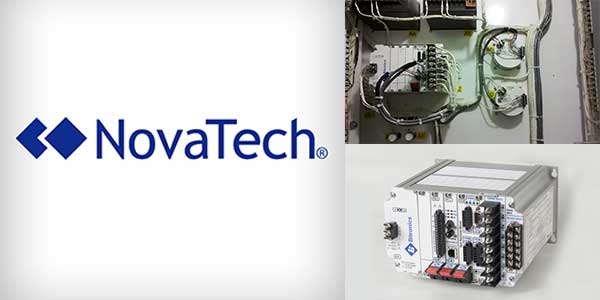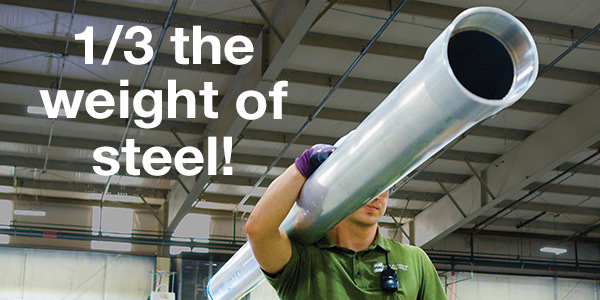Utilities are facing a 2022 deadline from the North American Electric Reliability Corporation (NERC) to fully comply with an updated protection and control standard (PRC-002-2) for disturbance monitoring and reporting requirements for transmission and generation systems. The first milestone is 50% compliance by January 2021, followed by 100% compliance by July of 2022.
The objective is to be able to standardize regional reliability requirements and requires utilities to install Disturbance Monitoring Equipment (DME). The data collected enables NERC to conduct forensic analyses of power failures to detect the causes in order to improve the safety and reliability of power delivery management.
“The NERC standard requires a continuous, high resolution 10 day recording of up to nine measurements per line of per-phase volts and amps, total MW and MVARs, and frequency,” says Bryan Gehringer, Senior Application Engineer at NovaTech, provider of the Bitronics meters and IED solutions deployed in over 1200 U.S. utilities. “In addition, disturbances of interest must be archived for three years.”
DME, as defined in the PRC002-02, must monitor Sequence of Events Recording (SER) Fault Recording (FR) and Dynamic Disturbance Recording (DDR) data. SER and Fault Recording functions are already well understood and widely deployed throughout the industry, but the DDR function is relatively new and generally available in more expensive digital fault recorders (DFRs).
Although the majority of 230kV and higher voltage substations are likely already constructed with DFRs, the requirement for DME placement is based on the MVA short-circuit capacity of the bus, and so includes some lines down to 100kV. Intheselocations, it may be necessary to add recording capability to an operational substation where there may not be room for a DFR, and where pulling new CT, PT and I/O cables to one location would be a major undertaking.
Traditional protective relays are also able to perform fault recording, but typically do not have the memory to monitor and store continuous flows of information for 10 days as required by the PRC standard. Utilities, therefore, need simplified, economical retrofit solutions.
According to Gehringer, one option between relay-based recording and DFRs are small, three-phase single-line devices that utilize existing CTs and PTs already routed to protective relays. One solution, the 70 Series made by Bitronics, is compliant with NERC standards in SER, FR and DDR recording. Operating at a rate of 30 samples per second, it captures frequency, total watts and VARs and all three phases of volt and phase amps.
One of the specific challenges of the new NERC standard is preserving 10 days of continuous DDR recording data. The Bitronics M871 resolves this issue by supporting multiple logical recording functions in each unit. Each logical recorder includes two independent fault recorders, two independent disturbance recorders, a trend recorder, and a SER recorder.
Because each logical recorder requires a few seconds to convert the data and store it in non-volatile memory, the disturbance recorders are run in alternating hours producing a sequence of COMTRADE (Common format for Transient Data Exchange) files that are each one hour in duration.
For more information on the Bitronics 70 Series and the M871, visit the NovaTech website at: www.novatechweb.com/bitronics.






